The way we move is changing too. Our mobility options are becoming increasingly greener as electric powertrains replace fossil-fuelled modes of transport.
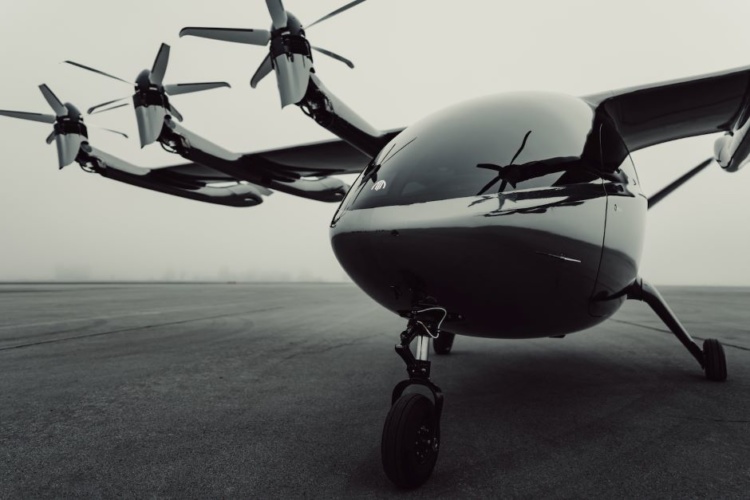
Aviation has a clear and obvious part to play in Net Zero ambitions with numerous companies proposing low-carbon regional travel with eVTOL solutions.
The Engineer spoke to three leading players in this burgeoning market for their insights into developing electric flight for passenger services.
Meet the experts
Brett Adcock, co-founder and co-CEO at Archer Aviation
Alastair McIntosh, Chief Technology Officer at Lilium
Didier Papadopoulos, Head of Programs & Systems Engineering at Joby Aviation
Can you update our readers on where you stand in terms of aircraft certification and when can we expect commercial flights to begin?
DP: Following years of development and design maturation, Joby began a formal certification program with the Federal Aviation Administration in 2018. In 2020, we became the first eVTOL manufacturer to agree to a ‘G-1’ certification basis for our aircraft with the FAA. The agreement lays out the rules that must be met by our aircraft in order for it to be certified. We are currently finalizing our means of compliance with those rules and similarly aligning our certification plans. We expect to start conforming tests in 2022. Initial manufacturing is already underway to support type design aircraft and production certification. On the operations side, we submitted our Part 135 application for airline operations in July 2021. We intend to operate as a commercial passenger service starting in 2024.
AM: We have been working closely with key regulators in Europe and the US on both the certification of the Lilium Jet as well as flight operations over the past years. In 2020 we secured the certification basis (CRI-A01) with EASA and we are undertaking a concurrent type certification with EASA and FAA. We’ve found that the regulators have been very innovative, working with the whole sector to establish appropriate regulations and means of compliance for the new class of eVTOL vehicles. We are making good progress on our certification timetable which intends to deliver type certification and launch in 2024.
BA: We achieved our most recent certification with the receipt of our Special Airworthiness Certificate from the FAA, which authorizes us to begin flight testing our Maker aircraft. This milestone followed the MIDO Certificate of Authorization (COA) and Aircraft Limitations which signal that Archer is on track to begin flight testing by the end of the year. This comes on the heels of achieving our FAA G-1 Issue Paper: Certification Basis ("G-1 Certification Basis") for our future production aircraft. Moving forward, Archer will continue to collaborate with the FAA with the target of launching commercial flights in 2024.
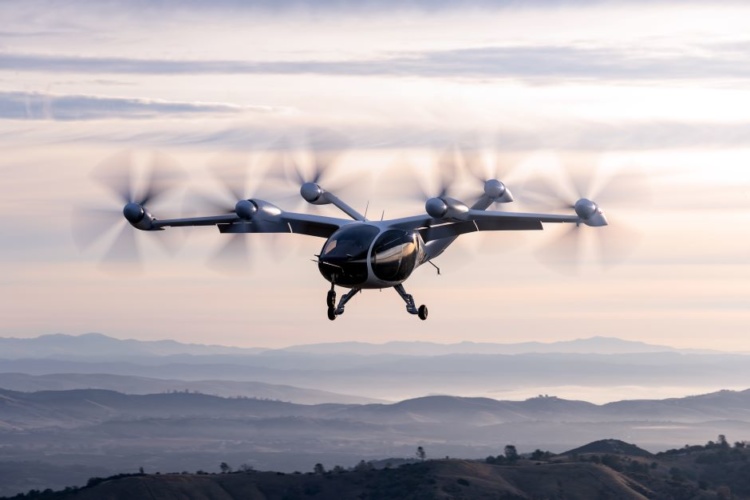
Can you reveal to our readers the main engineering challenges presented by the transition phase to forward flight?
BA: There are a number of interesting engineering challenges that our team is working to solve as we prepare for the launch of commercial eVTOL flights in the coming years. One notable example is creating a unified or easy-to-operate flight control scheme that allows pilot inputs to be intuitive and act consistently through the flight envelope from hover through cruise flight. In a similar vein, we’re thinking about control allocation and how to transform pilot commands into actuator commands when each actuator affects control of multiple axes.
When considering the entire aircraft, we also need to efficiently model the complex interactional aerodynamics between the propellers and airframe, in addition to designing minimum energy transition trajectories and providing guidance for the pilot to follow them. Finally, relative to vibration and acoustics in flight, we’re working on questions like how to manage unsteady loading on the aft-fixed pitch propellers.
These are a few of the most thought-provoking and exciting challenges our engineers are tackling right now. They’re making great strides, and we’re excited by the results we’ve already seen.
Can you give our readers an idea of redundancy measures built into your aircraft and how they work?
BA: Passenger safety is paramount to Archer’s vehicle design and core business values. We achieve high levels of safety through simple design and high redundancy. Our sub-system engineering groups consist of leading talent from across the industry to ensure we build a safe, accessible product. As we're designing Archer’s vehicle, there is no single critical part that, if it were to fail, could cause a failure of the entire vehicle. This fault has historically limited the rotorcraft industry’s achievable level of safety.
In hover, our aircraft will be able to operate with 10 out of 12 rotors, and in cruise, we can operate on four.
Additionally, Archer’s batteries will be designed to be tolerant to cell failures, including both open circuit or hard shorts that may result in individual cell thermal runaway. We have set battery requirements so that any gasses are vented from the aircraft, rather than propagating through the battery pack. Using smaller cells also means that the battery can continue to provide power with high reliability to get the vehicle back on the ground, even if some cells have failed.
AM: The Lilium Jet uses three dissimilar flight control computers supplied by Honeywell and our 36 independently controlled engines offer finer control and improved redundancy - if one engine should fail, there are others to take the load. Our battery structure mitigates the risks associated with the use of high-performance lithium-ion batteries with a fully-integrated safety system, which combines electrical, chemical, and physical safety solutions from the individual cells up to the battery pack, including layered carbon fibres and propagation-retarding layers to mitigate against thermal runaway.
https://www.youtube.com/watch?v=jqvMXoVZfDw&t=40s
We have equipped our current 5th generation technology demonstrator with this upgraded battery safety system. This demonstrator has been flying since summer of 2021 and has performed to our full satisfaction.
DP: The innovative approach to aircraft configuration that we’ve employed, called distributed electric propulsion, allows for the design of aircraft that have unprecedented levels of redundancy across all systems. Our aircraft has six propellers, each with dual motors and inverters, and four separate battery packs. With our advanced flight control system designed in-house, with built-in redundancy as well as fault detection and isolation, the aircraft can automatically adapt and continue flight after loss of a motor, inverter, battery pack, or even an entire propeller station. This level of redundancy and the overall design of the aircraft allows for continued safe flight and landing with complete failure of a propeller or battery pack — including either a conventional or vertical landing.
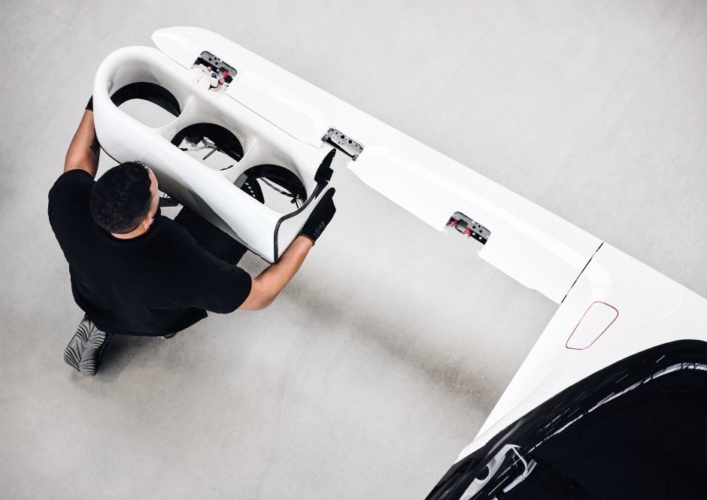
How much battery capacity is used during lift-off of your aircraft and how many duty cycles can your aircraft undertake before the need to re-charge (let’s assume the aircraft is travelling a route of 20 miles)?
DP: We’ve designed our aircraft and our battery packs to enable high utilization and minimal downtime during service. For a typical 20–25-mile journey, we’ve demonstrated we can recharge the amount of energy used faster than it takes to deplane and reboard passengers. There will be missions where no recharge is needed for the aircraft to continue to its next destination. We purposefully set out to have a recharging solution rather than swapping batteries for each journey. While performing vertical take-offs and landings does require a fair amount of energy, our aircraft is designed with relatively low disk-loading to minimize the necessary power draw.
AM: During take-off we expect to only be hovering approximately 10-25 seconds and we also assume approximately 20 seconds during a standard landing phase. This leads to an overall total hover time (on a typical mission) of <60 seconds in the most power-hungry flight phase. The increased power demand in hover is compensated by optimizing cruise flight performance, which only requires 1/10th of hover power. We anticipate battery cycle life of around 800 standard charge/discharge cycles measured until 80 per cent capacity, and plan to replace the batteries on each aircraft two to three times per year based on our operational projections. We expect full recharging to take around 30 minutes, and charging up to 80 per cent in approximately 15 minutes with the MegaWatt fast-charging infrastructure, which we previously announced we are working on with ABB. This will enable the 20-25 flights per Lilium Jet, per day.
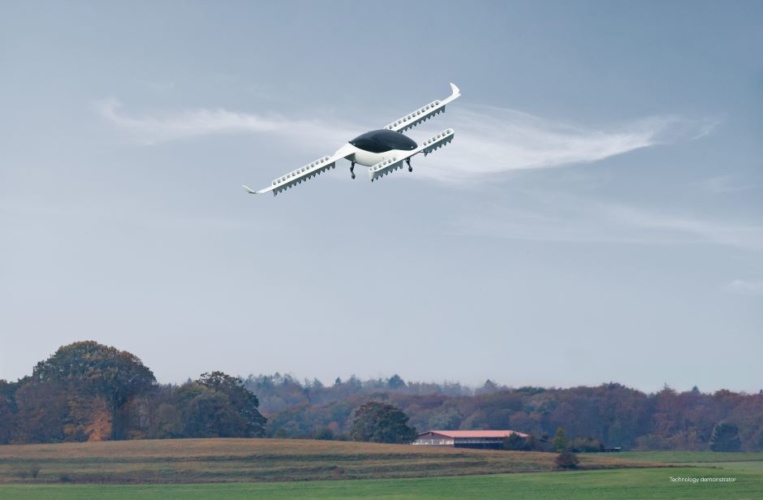
Can you give our readers an idea of the maintenance schedules your aircraft will be subject to in order to maintain airworthiness and remain in revenue service?
BA: Archer is creating an entire eVTOL ecosystem, meaning we’ll manage the manufacturing, production, and operation of our aircraft, including all facets of maintenance and repairs. While we aren’t able to share specifics around maintenance schedules at this point, creating a sustainable and cost-efficient maintenance system is one of our core focuses as we continue our progress toward first flight and FAA certification in the coming months.
Broadly, we anticipate lower costs and a reduced need for maintenance by virtue of our aircraft design and electric propulsion system that will power our production vehicles. By using electric propulsion, we drive down the significant maintenance costs associated with conventional combustion engines. For traditional helicopters, maintenance is one of the largest operating costs — generally about ~30 per cent of direct operating costs — which is driven by a high number of moving and critical parts. Our maintenance costs will be lower and more contained because of the aircraft’s reduced need for repairs, one of the many advantages eVTOLs for intra-city transportation have over traditional aircraft like helicopters.
DP: With hundreds of safety-critical moving parts, helicopters often require numerous maintenance hours per flight hour. Electric motors, with only one moving part apiece, enable vertical flight with a far less maintenance-intensive design.
https://www.youtube.com/watch?v=rJYSce2LEYo
Based on the data we have gathered from the use of numerous testbeds to verify and validate system reliability, we are confident that our aircraft will require much less frequent maintenance than rotorcraft. We look forward to further validation as we continue through the type certification process and begin early operations with the U.S. government.
AM: We estimate the cost of operating the Lilium Jet is four to six times lower than a helicopter, which is largely driven by the cost of kerosene and maintenance. As a data-driven company, we are excited to work with Palantir and think their software will be critical in supporting predictive maintenance capabilities for the fleet in service and further increase operational efficiency.
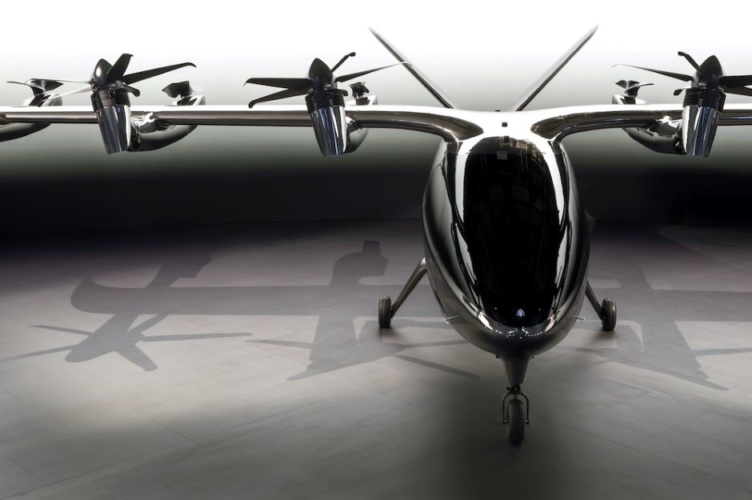
Looking forward, will you introduce new platforms to accommodate autonomous flight ops, or will you modify your current aircraft for the purposes of autonomy?
DP: We believe the right approach to initial commercialization of eVTOL aircraft is via piloted operations and the existing air traffic control system, and that is our clear focus at the moment. While we do see autonomous flight operations as an opportunity in the future, there currently isn’t a path to certification or operation of a fully-autonomous aircraft. Additionally, significant regulatory changes are required to enable autonomous air operations in a system that today requires voice interaction between pilots and air traffic controllers. Our aircraft has lots of autonomy built in already, including an envelope protection system and a simplified approach to flight controls that we believe will reduce human error and pilot workload. In the medium-to-long term, we are working to enable autonomous operations through technical and regulatory advancements built on our existing platform which would enable use of the pilot’s seat for a fifth passenger.
BA: Initially, our commercial eVTOL aircraft will include some autonomous capabilities but will be piloted at launch. Our team is exploring autonomous technologies and plans to incorporate additional capabilities into future iterations of our aircraft.
A key focus when it comes to unmanned flight is ensuring the safety standards and passenger experience remain unchanged relative to our initial, piloted aircraft. While the eVTOL industry is still a way off from beginning the certification process for an autonomous commercial eVTOL aircraft, this capability is actively being studied and developed by our engineering and design teams, most notably with Maker, which is our autonomous, two-seat vehicle that we’re using as a technology testbed. Autonomous flight operations are one of our long-term focuses, and we’re looking forward to sharing more once we’ve successfully certified our first commercial aircraft.
One of the fundamental challenges of introducing autonomous services for eVTOL aircraft is the need to work with federal authorities to develop a universal system for managing flight paths and ensuring the safety of everyone involved in autonomous vehicle operations. This collaborative effort is a long-term undertaking that will take many years to develop; fortunately, we’re already building these relationships with federal government agencies (like the FAA).










Experts speculate over cause of Iberian power outages
I´m sure politicians will be thumping tables and demanding answers - while Professor Bell, as reported above, says ´wait for detailed professional...